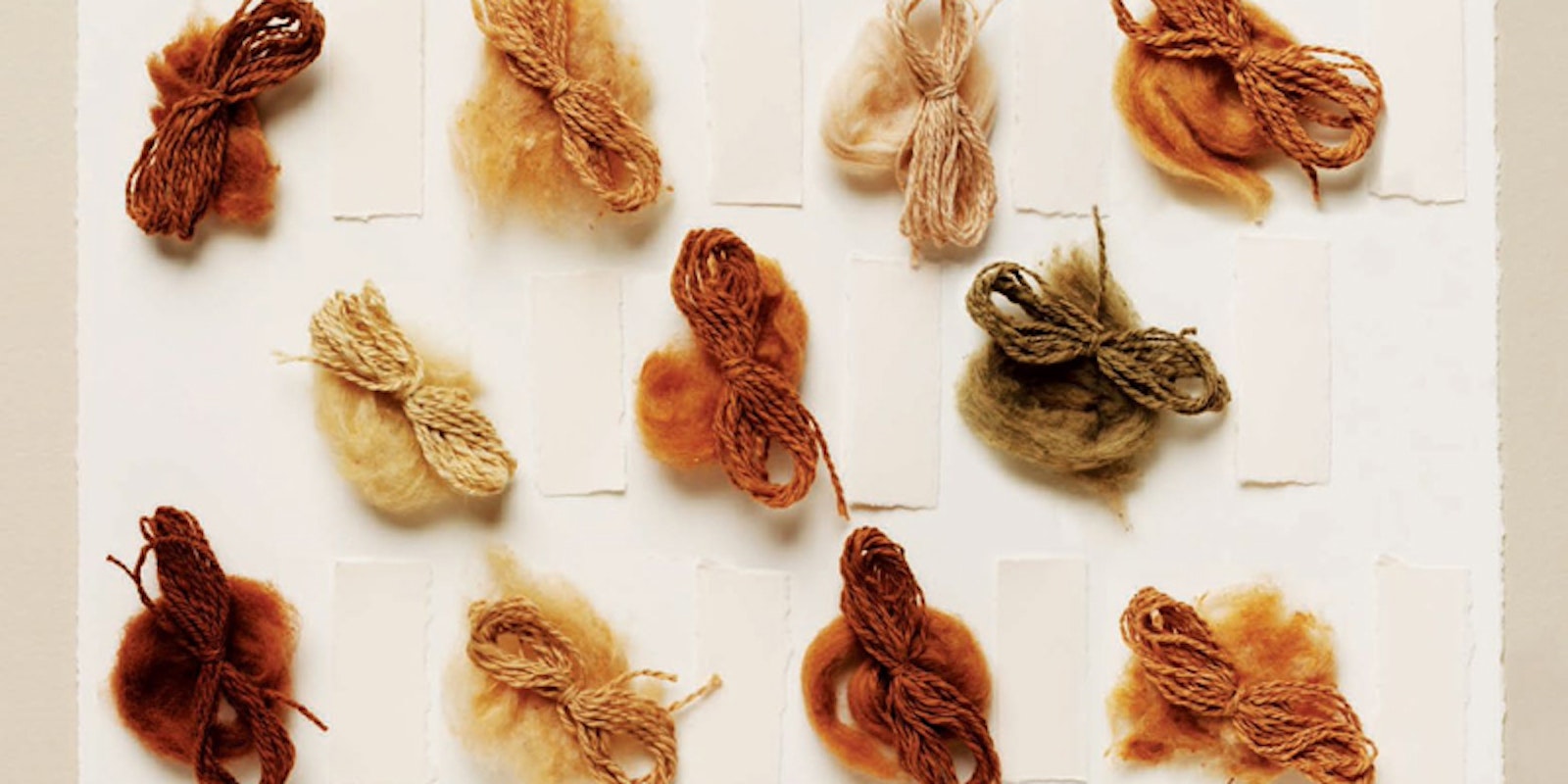Save the Sheep Exhibit
The art of endangered resources
This exhibit presents works of art and craft created by contemporary handspinners from wool produced by rare and endangered breeds of sheep.
Both the skills of handspinning and the unique materials seem anachronistic. On the contrary, they embody irreplaceable foundations of human civilization. Machines can't do this quality of work. Chemistry, or even reverse biological engineering, can't replicate these fibers.
Very little is required to conserve these resources for the future: we need to pay attention and we need to spend some time. We need to acknowledge their importance.
The process starts here, as you simply enjoy what can happen when a sheep grows wool, a shepherd ensures the health and quality of the sheep, and then a spinner makes yarn which becomes a useful or fanciful object which enhances life.
Welcome.
Partnerships Sheep.....Humans.....Landscape.....History
Sheep and people formed a partnership for mutual survival long before many other components of what we consider human culture were discovered. Our primary concern in this exhibit is with wool and textiles, although sheep can provide all the essential elements of a good, if basic, life for humans: food, shelter, and clothing. Siberian houses called yurts are made of wool. Feta cheese and yogurt can be made from sheep's milk. Wool clothing encompasses options ranging from luxurious to rugged.
Humans first began using wool by collecting shed fibers. Primitive sheep can look out for themselves, don't need to be shorn, and produce two layers of wool in a single fleece. One layer consists of coarse fibers, which can be used to make durable fabrics, ropes, and other sturdy items. The second layer consists of fine fibers, better suited to soft textiles, like clothing.
The wide range of applications between coarse fibers (which are durable) and fine fibers (which are soft) appears dramatically in the work you see here. If the sweaters were made of coarse fibers, they would be so itchy (even scratchy) that no one could wear them. If the rugs were made of fine fibers, they would soon show signs of wear. Made from the appropriate types of wool, all of the handmade items you see here should last-and look good, in some cases even better-for many years.
.....
Breeds of sheep developed through close interactions between human needs, the sheep's genetic potential, and particular landscapes. Sheep adapted locally to climate and culture. Some developed the ability to survive in deserts, with minimal vegetation to eat. Other types withstand high temperatures while still growing wool coats, or tolerate areas of high rainfall. One particular breed, the North Ronaldsay, learned to thrive in the intertidal area of an island in the North Sea by eating seaweed.
Contemporary agriculture in North America favors large sheep which produce quantities of meat. Wool is considered a "second crop," and most sheep raised on this continent produce a medium-grade wool which cannot even remotely perform the tasks of finer or coarser wools. It makes shabby rugs and hair-shirt underwear. Machine-processing transforms this medium-grade wool into adequate, but not superior, sweaters and coats.
.....
Photo courtesy of Upper Mill Farm, East Sussex, United Kingdom, and of Elite Genetics, Waukon, Iowa.
Black Wensleydale Increasing dependence on mechanical, large-scale processing and the pressures of human population have marginalized the breeds of sheep whose wool you see here. These breeds may not produce large quantities of fiber or meat. They do produce fiber and meat at a very low ecological and economic cost.
They are thrifty, which means the right sheep in the right place can live well while promoting the health of the environment. They are hardy, which means they can withstand extremes of weather. They are disease-resistant, and they take care of their own young. None of these qualities can be taken for granted. A severe drought on the Navajo Nation a few years ago hit the region's more "modern" sheep hard, while the few Navajo Churro herds that have been re-established came through far better.
The right sheep can reclaim a landscape. While overgrazing can be a serious environmental threat resulting in erosion and desertification, several rare breeds, like Hebridean sheep and, again, Navajo Churros, are being used to control invasive scrub and weeds. Sheep can provide organic pest control on Christmas tree farms and in macadamia nut production, and can control summer vegetation growth on ski runs.
.....
Breeds can die out quickly, taking with them resources we may never be able to reclaim. The wild mouflon, ancestor of modern sheep, grew fibers twice as fine as Merino, the contemporary standard of fine, soft wool. In 1920, there were 27,000 Oxford Down ewes. By 1970, there were less than 1,000-qualification for "endangered" status.
Cloning offers many fascinating possibilities for the future, but it won't preserve the genetic resources of these distinctive breeds. For that, we need viable, healthy, breeding populations large enough to avoid the hazards of inbreeding.
.....
For handspinners, the range of fiber types available only from rare breeds provides the possibility of exchanging a bit of labor for a lot of luxury. On our floors, we put Navajo Churro rugs that are polished, more than worn, by passing generations of feet. We wrap our babies in soft Shetland blankets. We fend off the wind with Karakul.
We honor the past with the work of our hands. We conserve skills and resources for our children's benefit. We would like the world to be richer, not poorer, in the future.
We do this in partnership with sheep and the land.
As humans have, for many millennia.


